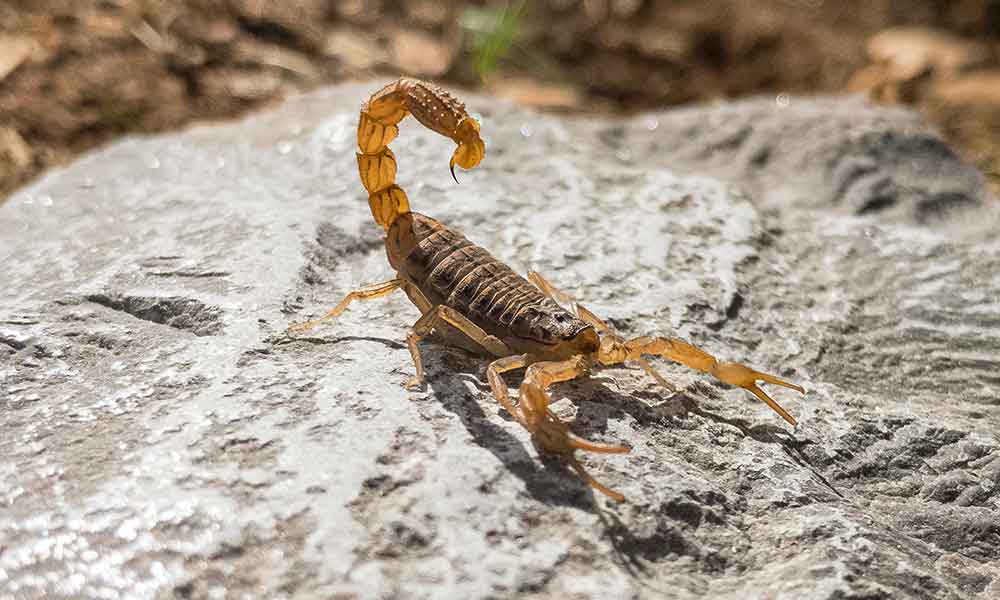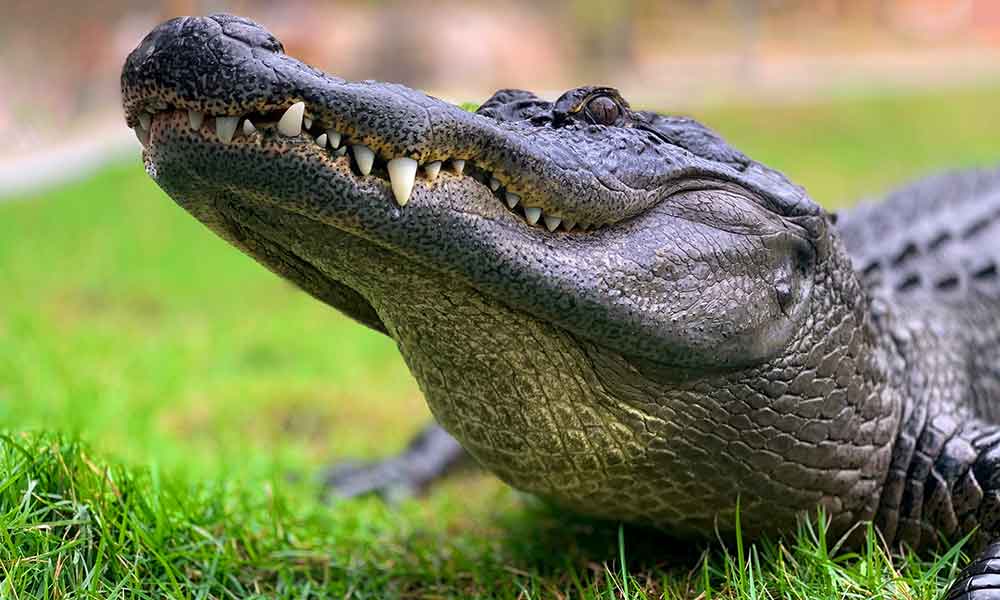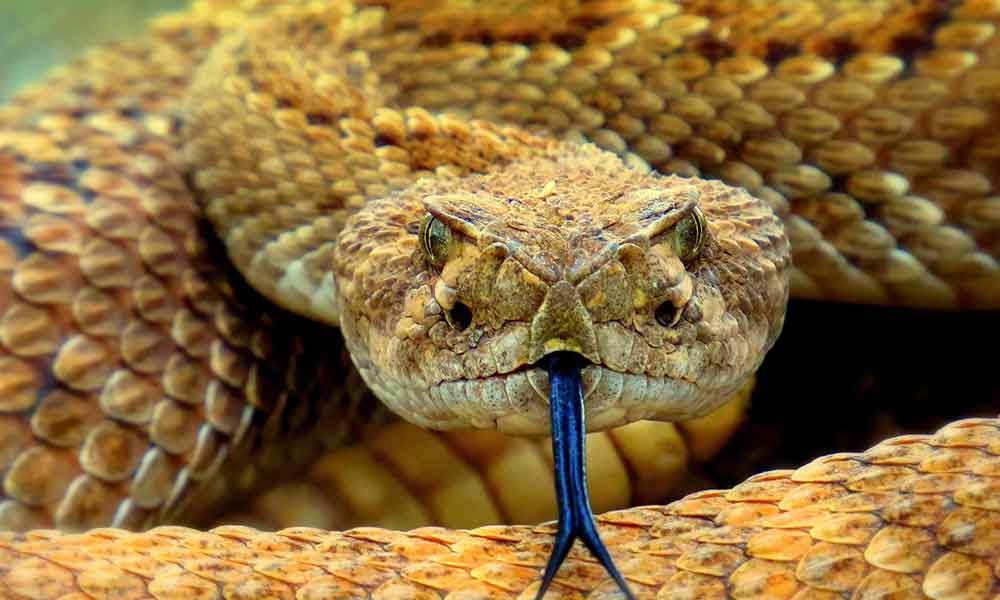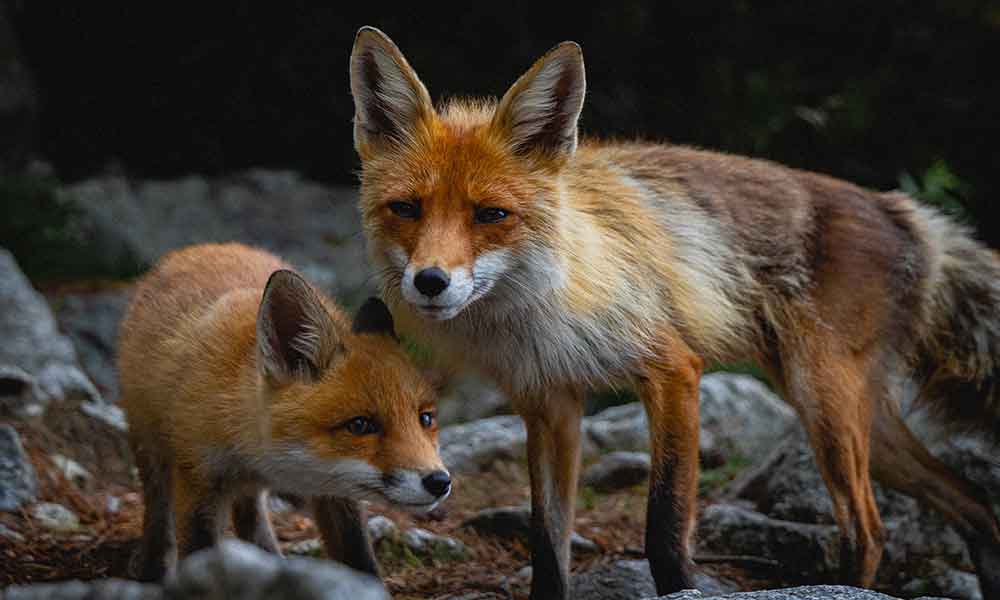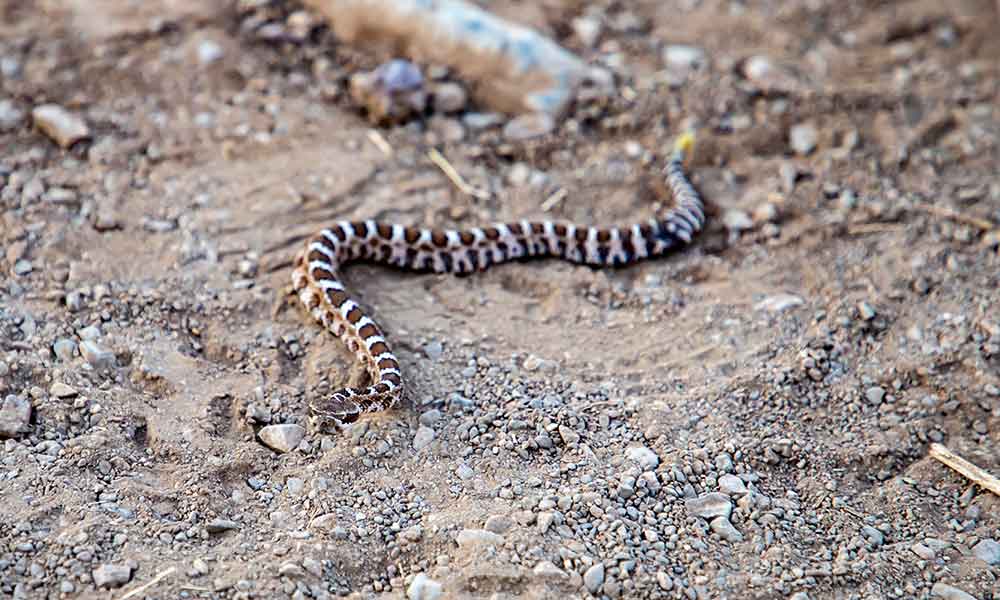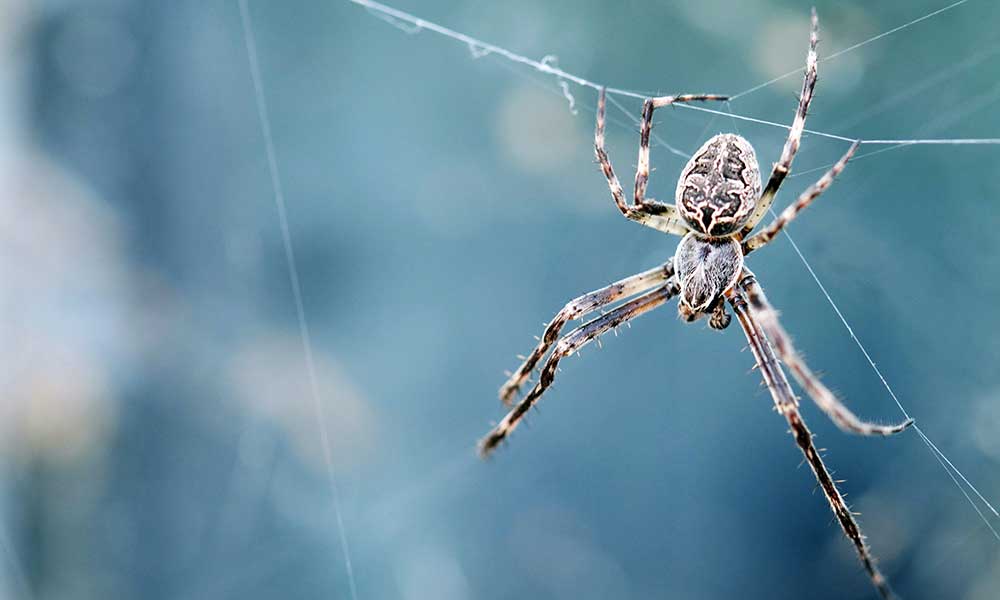Sea otters are carnivorous animals in the Mustelidae family, which means they are related to badgers, ferrets, wolverines, and weasels, as well as other types of otter. They are so different from other animals in this family that experts once believed they were related to true seals, also known as earless seals.
Sea otters form the Enhydra species, which roughly translates as “in the water” and helps to differentiate it from other animals in the Mustelidae family, which don’t live in the water.
What Are Sea Otters?
The sea otter is a unique, fascinating, and incredibly resourceful creature. It lives close to the shore and feeds primarily on mollusks and crustaceans, which it forages from the seafloor.
One of the most surprising traits of this brilliant creature is its ability to use tools. They will use sharp stones to dislodge mollusk shells, for instance, and have also been observed smashing shells on large rocks to break them open.
Although sea otters are some of the smallest types of marine mammals, they also happen to be the largest time of mustelid. Male sea otters can weigh up to 100 pounds and grow to nearly 5 feet while females typically max out at 70 pounds and 5.5 feet.
Unlike many other marine mammals, the sea otter doesn’t rely on a thick layer of blubber to keep itself warm. Instead, it has incredibly thick and strong fur that grows at a rate of nearly 1 million strands per square inch. For comparison, humans have around 1,000 hairs per square inch while dogs have 15,000 and cats up to 120,000.
It’s the densest fur of any animal on earth, and that’s not the only amazing thing about it. Sea otters also have a layer of oily waterproof hair known as “guard hair”, as well as an air pocket that traps air next to the skin so it can be heated by the otter’s body.
Sea otter fur stays thick all year long. As with all animals, the hair does shed, but it’s a gradual process that ensures the otter is not exposed to the elements for many weeks or months at a time.
What Are the Types of Sea Otters?
There are three recognized categories of sea otter, the southern sea otter, northern sea otter, and Asian sea otter:
Northern Sea Otters
Northern sea otters live in Southern Alaska, the Aleutian Islands, and British Colombia.
Southern Sea Otters
Southern sea otters live in the northern Pacific Ocean and are also known as California sea otters. You can often see these cute little critters along the coasts of California.
Asian Sea Otters
A rare and endangered species of sea otters located off the coasts of Japan. The only species of marine otter in Asia.
What Do Sea Otters Eat?
Sea otters eat sea urchins, small fish, mollusks, and crustaceans. Their diet is both beneficial to the environment and troublesome for humans.
For instance, their appetite for sea urchins helps to keep urchin populations down, which in turn supports kelp forests. These forests are a vital part of the global ecosystem and support a diverse range of species.
On the flip side, sea otters eat a lot of the foods that humans prize and this often puts them in direct opposition with fisheries.
Where Do Sea Otters Live?
Sea otters spend a lot of time in the water and tend to stick to nearshore environments. They usually live near water that is no more than 75 feet deep and stay around half a mile from the shore. They also tend to stay in areas that offer a lot of protection from the wind, including barrier reefs and kelp forests.
Sea otters are endangered, so their numbers are nowhere near as great as they once were. They used to be a relatively common sight around Japan and Canada, for instance, but most of them were hunted and their numbers have plummeted.
Sea Otter Etymology
Sea otters are in the Mustelidae family, which comes from the Latin word “mustelinus”, meaning “weasel-like” (weasels are also mustelids).
“Sea otter” has an even more intriguing etymological history. “Otter” comes to us through Proto Indo European and roughly translated as “aquatic water-animal”. But it also has some Greek cognates, including the word ύδρα or “hydra”, which was a mythological water snake.
As noted at the outside of this article, sea otters are also known as “Enhydra“, which has the same Greek origins and means “in the water”.
FAQs About Sea Otters
Are Sea Otters Endangered?
There were once as many as 300,000 sea otters in the wild, but their numbers plummeted due to fur hunting and they very nearly became extinct. At one point, as few as 1,000 sea otters were left alive, but conservation efforts and hunting bans have helped to increase those numbers.
They are still endangered, but the situation is nowhere near as bleak as it once was.
What Eats Sea Otters?
Humans aren’t the only animals that hunt sea otters. They are also hunted by sharks (in particular great white sharks) and killer whales. In the case of killer whales, it seems that they make a beeline for sea otters when they can’t find any sea lions or seals.
How Long Do Sea Otters Live?
The average sea otter lives for between 15 and 20 years in the wild.
Are Sea Otters Dangerous?
Although they look cute and cuddly, sea otters are still wild animals with strong teeth. If they are scared or provoked, they might attack, and as they are not familiar with humans, “being provoked” could be as simple as getting too close to them.
For their sake and yours, stay away!
Why Do Sea Otters Hold Hands?
Not only is hand-holding incredibly cute, but it’s also practical. They hold hands to prevent them from drifting away from each other and from the group while they sleep. For much the same reason, they are also known to entangle themselves in kelp and seaweed.
What Is A Group Of Sea Otters Called?
A group of sea otters is known as a “raft”. This stems from the fact that hundreds of them have been seen holding hands and floating together like one big furry raft.
How Long Can Sea Otters Hold Their Breath?
Sea otters can hold their breath for up to 5 minutes at a time. They have a large lung capacity and that allows them to stay submerged for long periods and scavenge for more food.
Where Can I See Sea Otters?
There are many places that you can see these creatures in the United States.
They are a common sight at Resurrection Bay in Alaska and you can also go otter watching in Monterey, Paso Robles, and Carmel-by-the-sea in California.
How Many Babies Can A Sea Otter Have?
Sea otters typically give birth to just one pup at a time. They deliver twins about 2% of the time, but usually, only one of these will survive.
Newborn sea otters are very buoyant, allowing them to float with ease but making it difficult for them to dive and find food. After 13 weeks or so, the baby fur will be replaced by adult fur and they start learning how to dive.
Young sea otters are reared for anywhere between 4 and 12 months. Initially, the mother will give them milk and after a month or two, she will start bringing them food.

